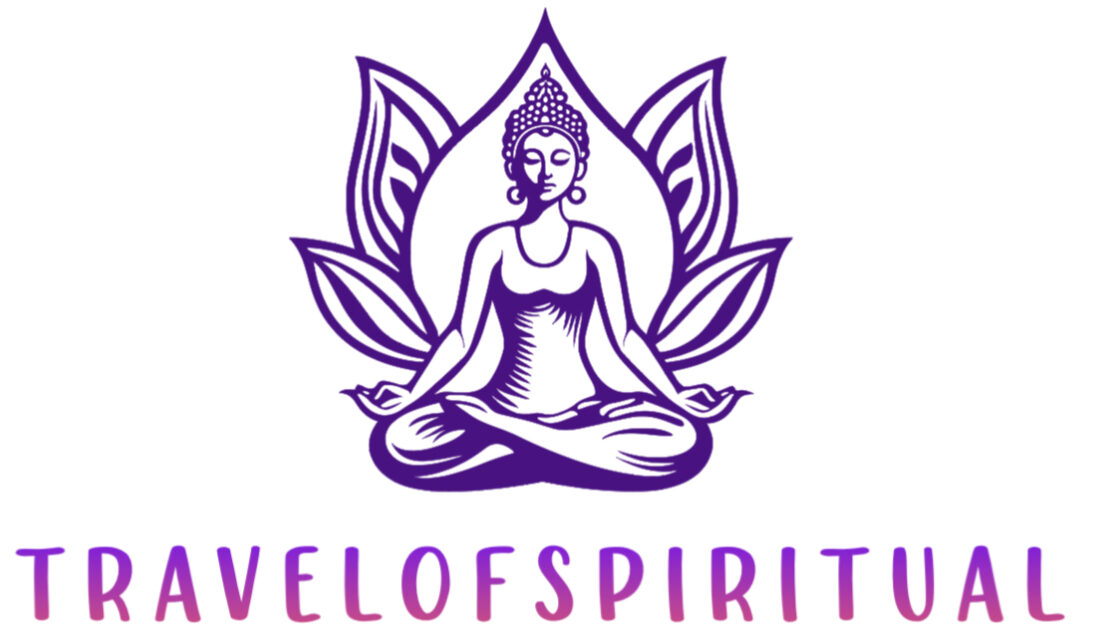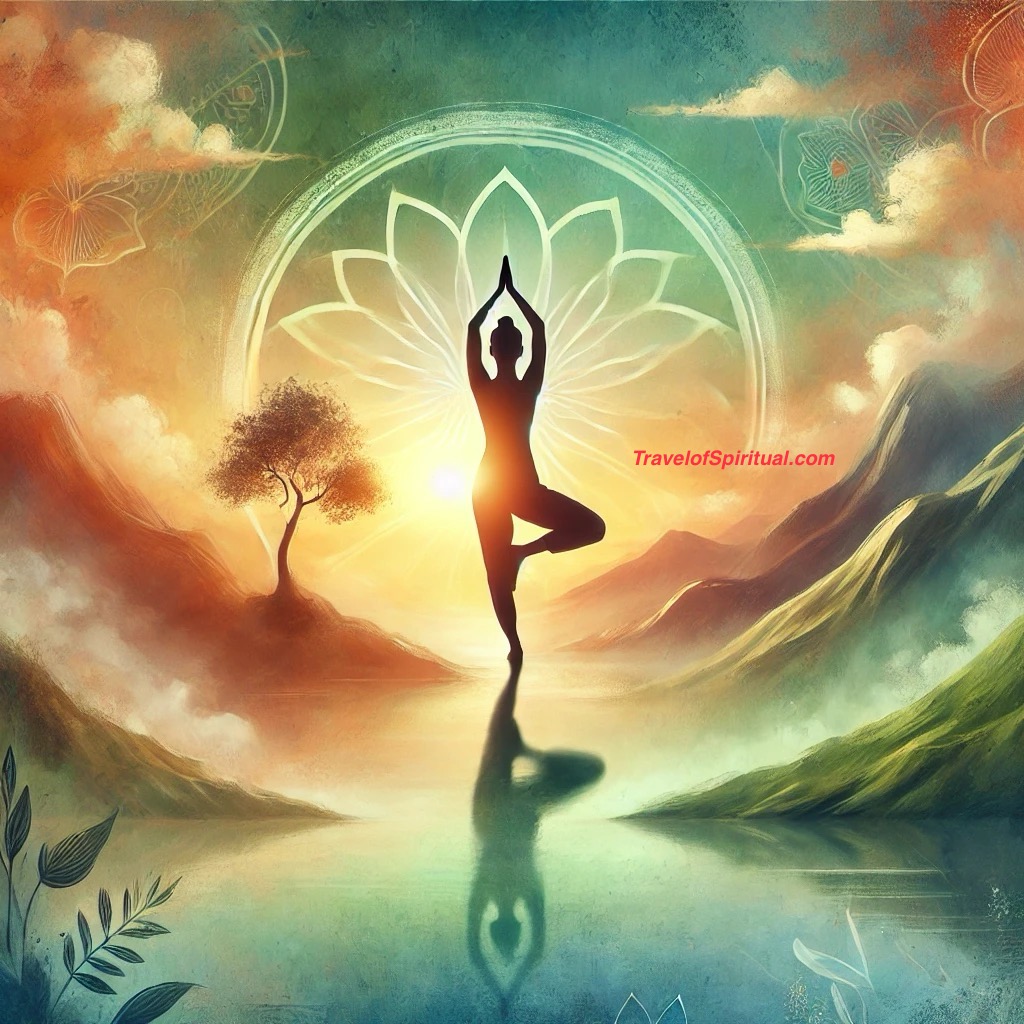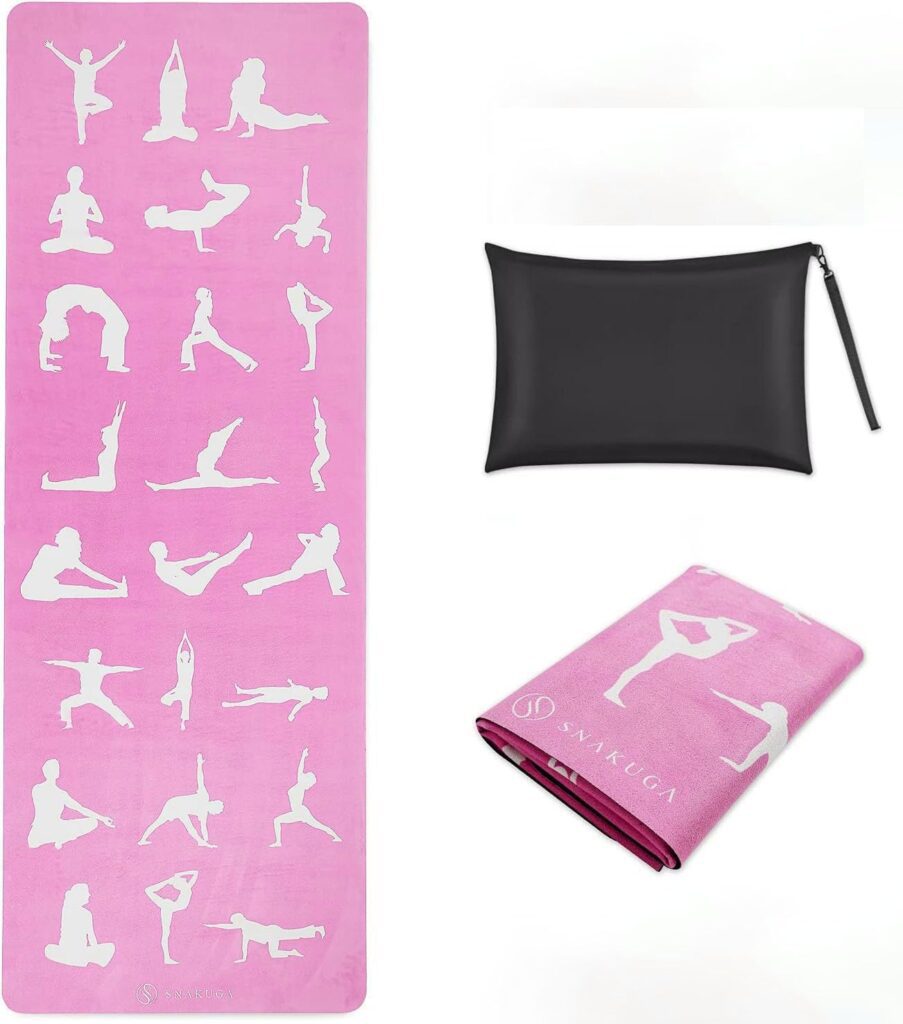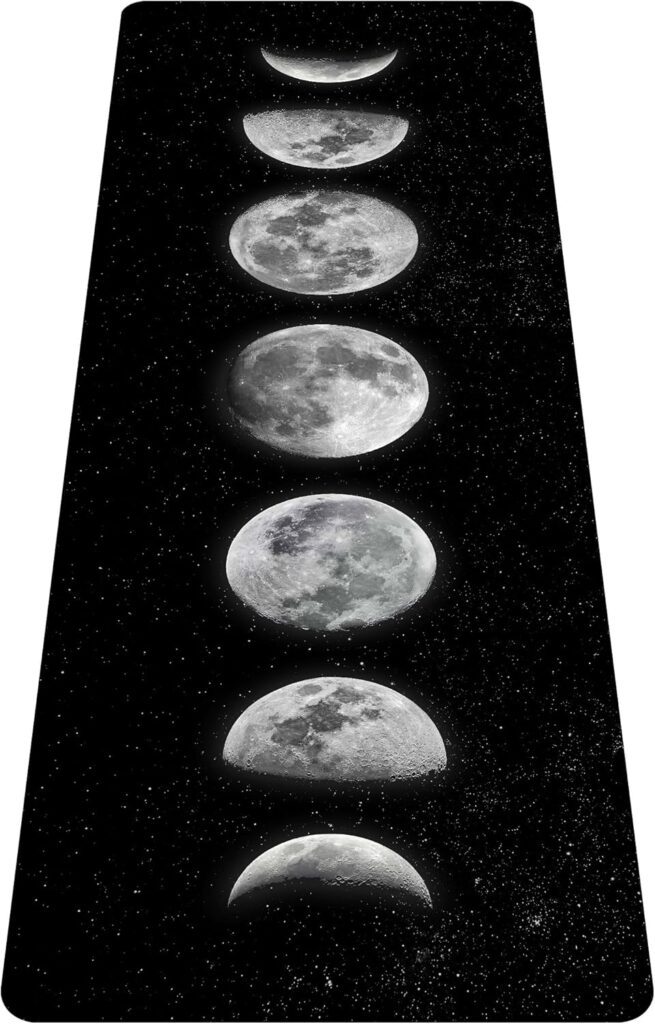Yoga is an ancient practice that originated in India over 5,000 years ago. It is a holistic discipline that integrates physical postures, breathing techniques, meditation, and ethical principles to promote harmony between the mind, body, and spirit.
What is Yoga?
The word Yoga comes from the Sanskrit root “Yuj,” meaning “to unite” or “to join.” It signifies the union of the individual self (Atman) with the universal consciousness (Brahman).
Yoga goes beyond physical exercise—it is a philosophy and way of life aimed at achieving self-realization and inner peace.
The 8 Limbs of Yoga (Ashtanga Yoga)
Outlined by Patanjali in the Yoga Sutras, the eightfold path provides guidance for living a meaningful and purposeful life:
1. Yama (Ethical Restraints):
• Non-violence (Ahimsa), truth (Satya), non-stealing (Asteya), moderation (Brahmacharya), and non-possessiveness (Aparigraha).
2. Niyama (Self-Discipline):
• Cleanliness (Shaucha), contentment (Santosha), discipline (Tapas), self-study (Swadhyaya), and surrender to the divine (Ishvarapranidhana).
3. Asana (Postures):
• Physical poses that strengthen the body and increase flexibility, balance, and endurance.
• Examples: Tree Pose (Vrikshasana), Warrior Pose (Virabhadrasana), and Downward Dog (Adho Mukha Svanasana).
4. Pranayama (Breath Control):
• Techniques for controlling the breath to calm the mind and enhance energy flow.
5. Pratyahara (Withdrawal of Senses):
• Turning inward by disconnecting from external distractions.
6. Dharana (Concentration):
• Focusing the mind on a single object, thought, or mantra.
7. Dhyana (Meditation):
• Continuous meditation leading to a deep state of awareness.
8. Samadhi (Enlightenment):
• A state of blissful union with the divine or universal consciousness.
Types of Yoga
Yoga has evolved into various styles to suit modern needs. Some popular types include:
1. Hatha Yoga:
• Focuses on physical postures and breathing techniques for balance and flexibility.
2. Vinyasa Yoga:
• A dynamic flow of poses synchronized with breath.
3. Ashtanga Yoga:
• A structured sequence of poses performed in a set order.
4. Bikram/Hot Yoga:
• A series of poses performed in a heated room to detoxify the body.
5. Kundalini Yoga:
• Focuses on awakening spiritual energy through chanting, breathwork, and meditation.
6. Yin Yoga:
• A slow, meditative practice holding poses for longer durations.
7. Restorative Yoga:
• Gentle poses designed to relax and restore the body.
Benefits of Yoga
1. Physical Benefits:
• Improves strength, flexibility, and balance.
• Enhances cardiovascular and respiratory health.
• Alleviates chronic pain and stress-related ailments.
2. Mental Benefits:
• Reduces stress and anxiety.
• Promotes mindfulness and emotional stability.
• Enhances focus and memory.
3. Spiritual Benefits:
• Fosters self-awareness and inner peace.
• Encourages a sense of connection with oneself and the universe.
Yoga and Modern Life
• Yoga is practiced worldwide as a tool for stress relief, personal growth, and holistic well-being.
• It is integrated into various health and fitness programs and is also used in therapy for mental and physical health.



